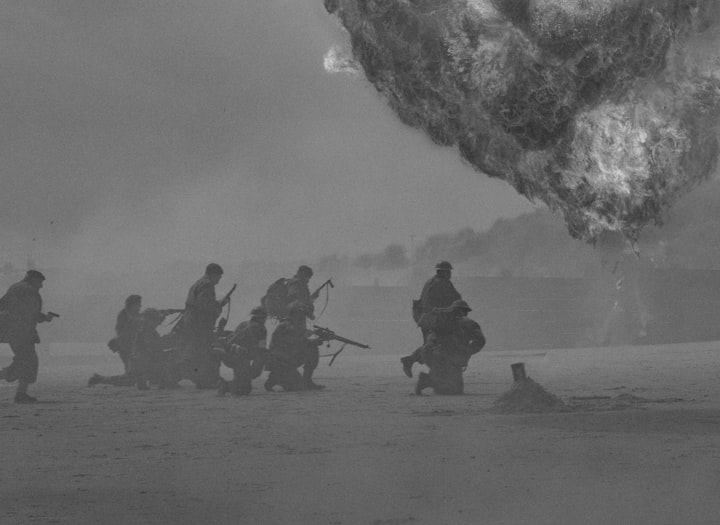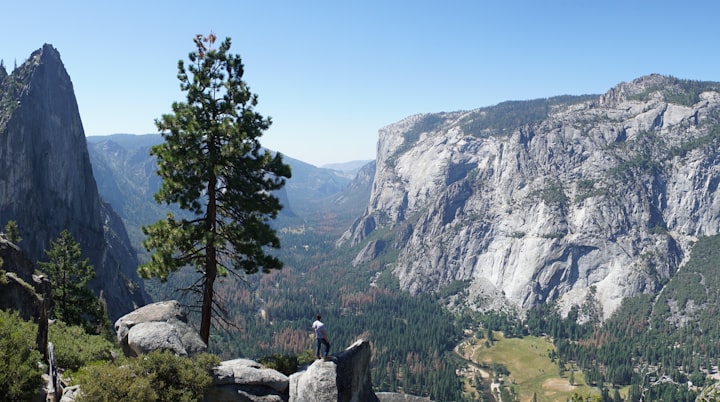
From 1946 to 1991, the United States, the Soviet Union, and its allies were imprisoned in a long, turbulent war known as the Cold War. The Cold War was based on a struggle based on a global outlook between the Soviet Union and the United States after their temporary solidarity following the 1945 German occupation. Historians disagree on the date, but it is widely believed that a war broke out in 1947, with Truman Doctrine, to 1991, with the dissolution of the USSR.
The Cold War was an ongoing political conflict between the United States, the Soviet Union, and its allies after World War II. Although both countries were peaceful, the long, tense conflict known as the Cold War was marked by fierce arms races, representative wars, and the search for world domination. The term Cold War has existed since the 1930s when it was first used to describe strained relations between European nations.
After World War II, the United States and its allies, the Soviet Union, and satellite nations launched a decades-long struggle for the so-called Cold War. The Soviet Union and the United States are at odds with one another in politics, military alliances, intelligence, propaganda, weapons, economic aid, and representative wars against other nations. Soldiers from both nations were not at war during the Cold War.
The Cold War, which was waged by the Soviet Union for 40 years between the end of World War II and the fall of the Berlin Wall, divided the country into divisive maps, many lands falling under communist rule and some falling into American military intervention.
Soviet troops were sent to maintain communism in East Germany (1953), Hungary (1956), Czechoslovakia (1968), and Afghanistan (1979). The United States withdrew from Guatemala (1954), supported the unsuccessful invasion of Cuba (1961), invaded the Dominican Republic (1965) and Grenada (1982), and began a failed war, which lasted decades in Vietnam that divided American society. Assuming the West was victorious, the victory could have been opposed by communist China.
The struggle to overthrow the colonial powers was embroiled in the Cold War conflicts as the superpowers influenced the anti-colonial movement. The West, led by the United States and other countries in the First World of the Western Bloc, had free relations - with democracy in its former colonies with a network of dictatorial nations.
In 1949, the communists won the Chinese civil war, and the largest country in the world joined the Soviet Union as an enemy of the Cold War. North Korea invaded South Korea in 1950 and sent troops and military aid to both the United Nations and the United States. The 1962 Cuban Missile Crisis brought countries closer to real wars than any other Cold War event.
In the early 1960s, President Kennedy faced a series of personal concerns. Fighting insurgency at home has shown growing concern about the Soviet threat abroad.
The Americans suspected Soviet communism and were concerned about Joseph Stalin's brutal rule in his country. The first military action of the Cold War began in June 1950, when the Soviet-backed North Korean Army attacked its neighbor in the south and south. Many American officials fear that this is the first step in a communist campaign to control the world, and they view non-interference as an option.
The Soviets, for their part, were disgusted by the Americans' ten-year refusal to rule the USSR as an official part of international society, and their delay in entering World War II, which resulted in the death of tens of millions of Russians.
Although the United States has not committed itself to reverse its long history of isolation from European affairs, Roosevelt assured Stalin in Tehran that US troops would return home within two years of the end of the war. [3] Given the oppressive records of the 1930s and the assurance that the economic downturn would continue during the war, democracy only existed in a few countries where it already existed. As a result, the Union of Soviet Socialist Republics, which ended World War II, were the dictatorial world power. The obvious fact that the Americans and the British would not have defeated Hitler without Stalin's help meant that the war was a victory for apartheid, not dictatorship and its hope for the future.
Truman's administration followed a comprehensive content strategy, which, to put it bluntly, represented a major effort to build a wall around the communist world that would be protected by the United States Armed Forces and allies. The commitment of many forces enabled the USA and its allies to hold the threat of increased communism after the collapse of the Soviet Union. The US Army, its warships, planes, and sailors guarded the walls against the beginning of the Cold War to the end.
About the Creator
Radha Karki
I am very curious ar learning new things, love to read books, paintings, art, and love singing too.





Comments
There are no comments for this story
Be the first to respond and start the conversation.